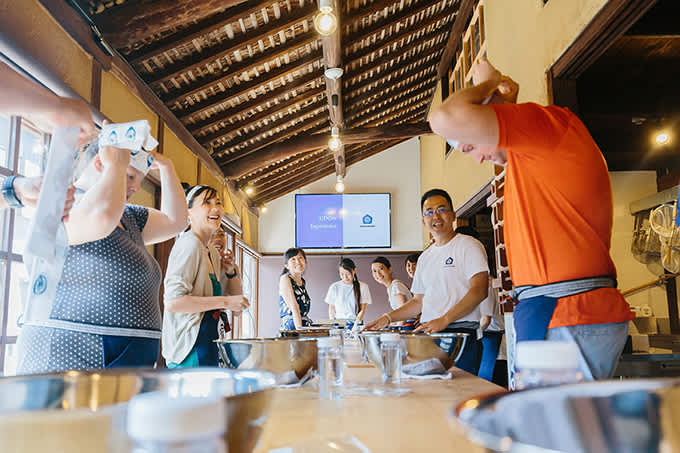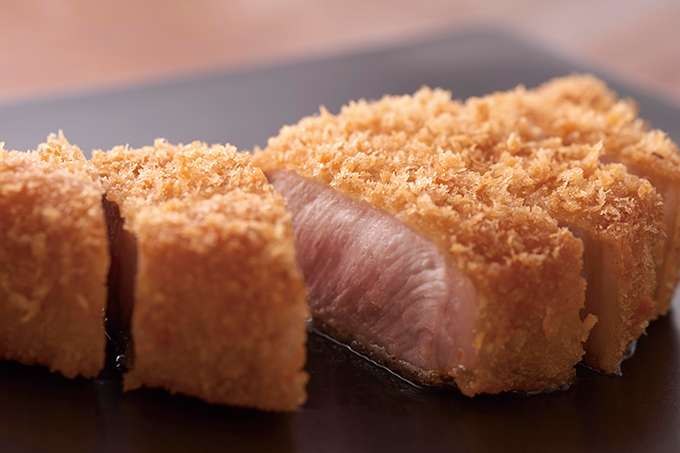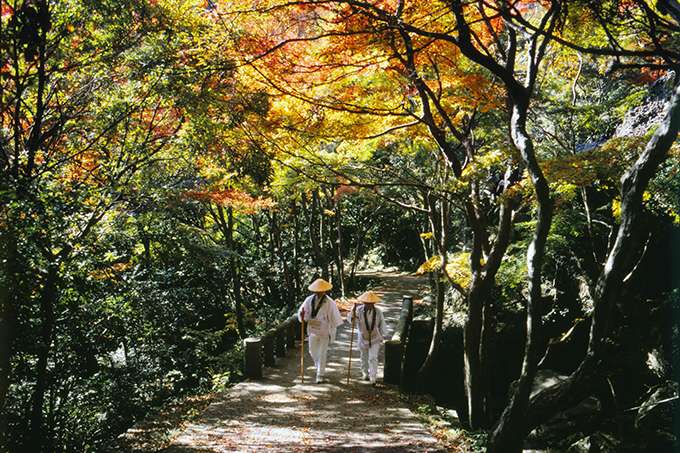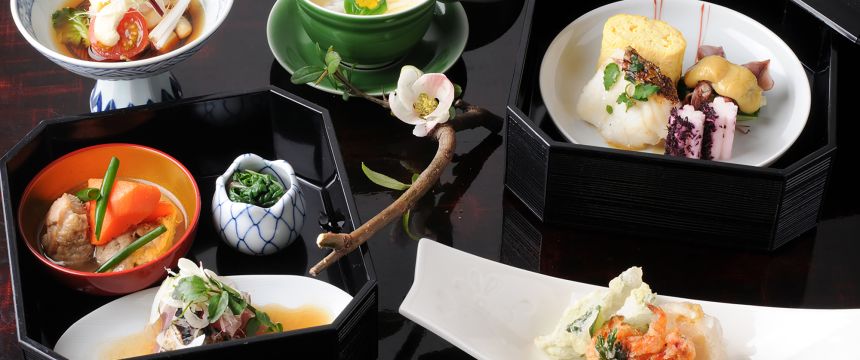Kagawa Prefecture - Shikoku

Located on the north coast of Shikoku, the smallest of Japan’s four main islands, Kagawa is also the smallest of the island’s four prefectures. But in terms of its history, vibrant culture, and scenic beauty, it is second to none. Often referred to by its traditional name, Sanuki, the region plays a key role on the ancient pilgrimage route that runs the entire circumference of Shikoku.
Kagawa is known for its food culture, making it the perfect destination for those who appreciate good eating. Top of the list is Sanuki udon, a proudly distinct way of making and serving wheat noodles. There are many other superb dishes and seasonings, such as pork from olive-fed pigs, which often served as tonkatsu (deep-fried breaded cutlets), artisanal shoyu (soy sauce), and a wealth of citrus fruit. Above all, you can look forward to experiencing the warm hospitality found along the Sanuki Road.
Kagawa, the Udon Prefecture

From its sacred Buddhist sanctuaries to its world-famous art islands of the Seto Inland Sea, Kagawa Prefecture is home to a profound culture that spans centuries. It also enjoys great renown as a destination for food lovers from around Japan and, increasingly, the world.
Once you arrive, the first thing you are likely to notice is the mild climate and bucolic scenery. To the south, Kagawa is sheltered by the mountains of the Shikoku hinterland. To the north, it faces out onto the placid waters of the Seto Inland Sea. Sandwiched between is the wide Sanuki Plain, with its fertile farmland that is so well suited to growing wheat.
For centuries, people here have eaten udon (wheat noodles) rather than rice as a daily staple. This is attributed to the revered Buddhist monk Kukai (774–835), who is said to have introduced the custom to this region after returning from his religious studies in China.
Known simply as Sanuki udon, after the former provincial name of Kagawa, the noodles are chunky, wholesome, and filling. They are served in many ways: hot or cold, in a light broth, or with a dipping sauce on the side. A favorite accompaniment is tempura of vegetables or seafood. Other noodle dishes include shippoku udon and uchikomi udon, which are made with seasonal vegetables and meat.

By long tradition, the dough for making the gleaming white noodles must be kneaded thoroughly to activate the gluten in the wheat flour and create their firm but springy texture. Often this is done by placing the dough inside a thick plastic covering and then treading on it barefoot for as long as an hour.
The other key reason why Sanuki udon has become a favorite throughout Japan is the delicious flavor of the broth, which is made from iriko (dried baby anchovies), salt, and other choice ingredients. Locals are rightfully proud of their more than 600 noodle restaurants—so much so that it was jocularly proposed that Kagawa should be nicknamed, or even renamed, Udon Prefecture.
Beyond Udon

But there are many other superb food products to be found there. The large island of Shodoshima is known for its shoyu (soy sauce) breweries, which still produce the salty, savory, umami-rich seasoning in the traditional way, fermented in massive wooden barrels for up to two years.
Shodoshima has also made a name for itself as the leading producer of olives and olive oil in Japan. This has given rise to a secondary industry using the lees from olive pressing as a feedstuff for pigs. The result? Olive pork, which can be found on the menus of many Kagawa restaurants, often prepared as delectable tonkatsu (deep-fried breaded cutlets).
Similarly, there is olive beef, a most luxurious addition to any bowl of Sanuki udon as well as olive yellowtail, which are raised on fish food containing olive leaves.
Following the Ancient Pilgrimage Route

Long before Kagawa’s food culture caught the public imagination, the prime reason why most people visited the Sanuki region was to participate in the Shikoku Pilgrimage. The route entails a full circuit of the island, calling at 88 Buddhist temples associated with the legendary monk Kukai (774–835), whose posthumous name is Kobo Daishi.
While it can take up to two months to complete the circuit, more than 20 of the temples are within Kagawa Prefecture and can be visited as a separate group. Even people who do not follow the Buddhist precepts may be drawn to walk the pilgrimage route as a chance for serious reflection and contemplation while surrounded by stunning natural scenery.
Another site associated with the pilgrimage is Manno-ike, one of Japan’s largest reservoirs. Kukai oversaw its construction in 821. Mostly surrounded by greenery, the manmade lake is a beautiful, tranquil spot at which to spend time—just like so many other places on the pilgrimage route.
Contact Information
Kagawa Tourist Information
JR Takamatsu Station 1F, 1-20 Hamano-cho, Takamatsu-shi, Kagawa
How to Get There
Kagawa can be easily accessed by train or plane. There are flights to Takamatsu Airport from most major Japanese cities, and it is also served by international routes from the Asian mainland. From Tokyo, there are direct flights from Haneda or Narita International Airports. By train, you can take the Shinkansen to Okayama, then transfer to an express on the JR Seto-Ohashi Line. Travel time takes about 4.5 hours from Tokyo, 2.5 hours from central Osaka, or two hours from Hiroshima.
Recommended Itineraries
Ritsurin Garden in Takamatsu City (completed in 1745) is one of the most famous historical gardens in Japan. Give yourself at least two hours to wander around its winding pathways. Naoshima and its neighboring islands are another must-visit for anyone with an interest in modern art. The Chichu Art Museum is especially recommended. Ferries from Takamatsu take an hour (25 minutes by high-speed boat), making nine roundtrips a day.
Related Links
Chichu Museum (Naoshima) (English)
Kagawa (English)
Map
Featured Cuisine
For centuries, people in Kagawa Prefecture have eaten udon (wheat noodles) rather than rice as a daily staple. Known simply as Sanuki udon, after the former provincial name for Kagawa, the noodles are chunky, wholesome, and filling. They are served in many ways: either hot or cold, in a light broth, or with a dipping sauce on the side. A favorite accompaniment is tempura of vegetables or seafood. Other noodles dishes include shippoku udon and uchikomi udon, which are made with seasonal vegetables and meat. Locals are rightfully proud of their more than 600 noodle restaurants—so much so that it was jocularly proposed that Kagawa should be nicknamed, or even renamed, Udon Prefecture.
All information is correct as of the time of writing.
Please check for the latest information before you travel.





























































